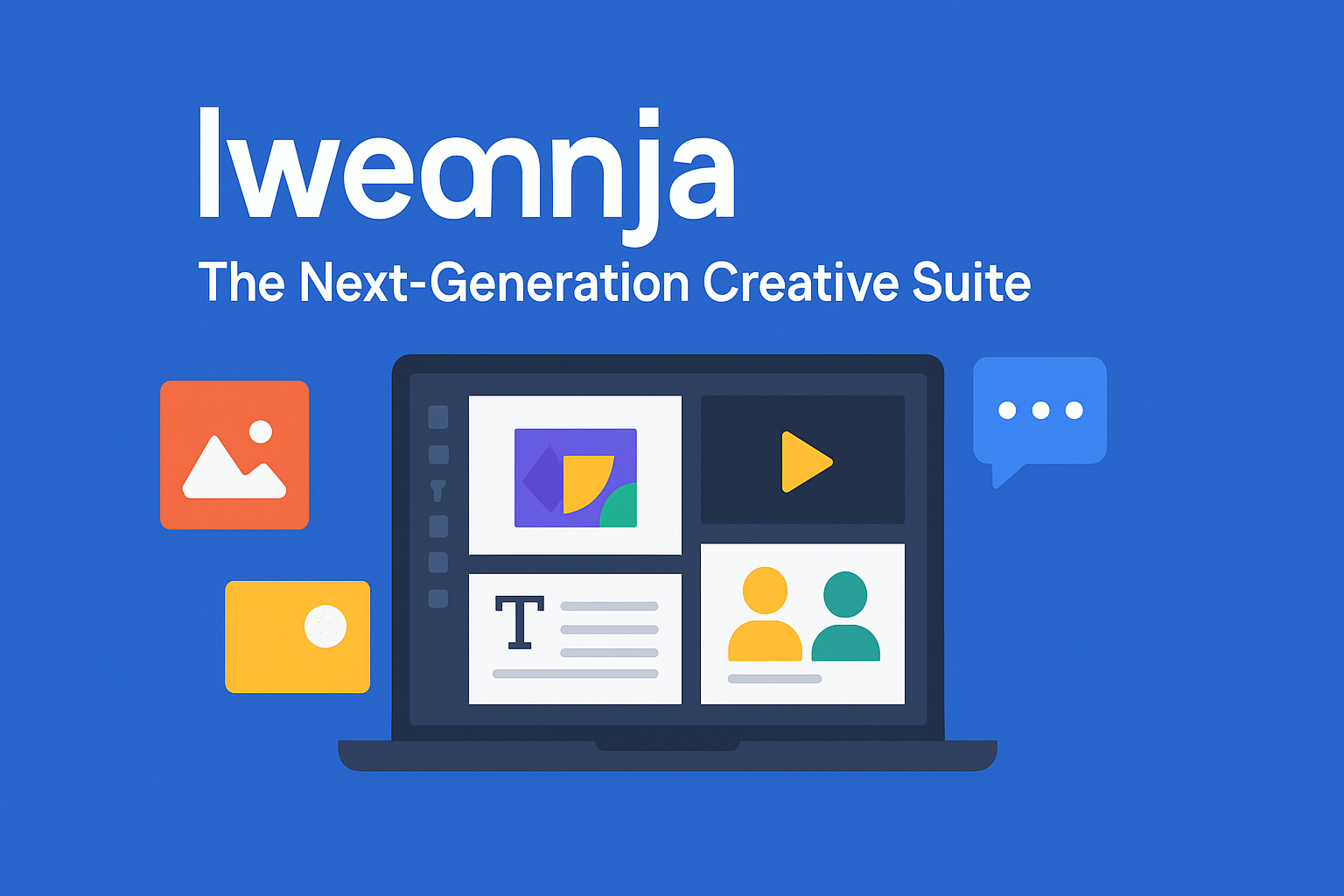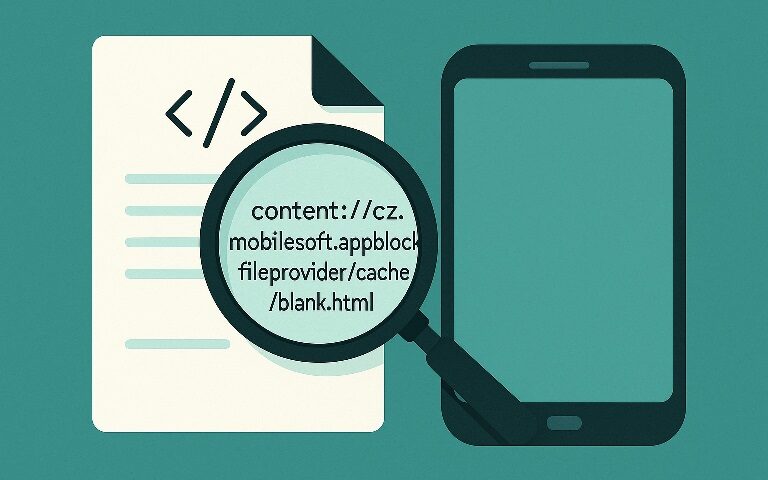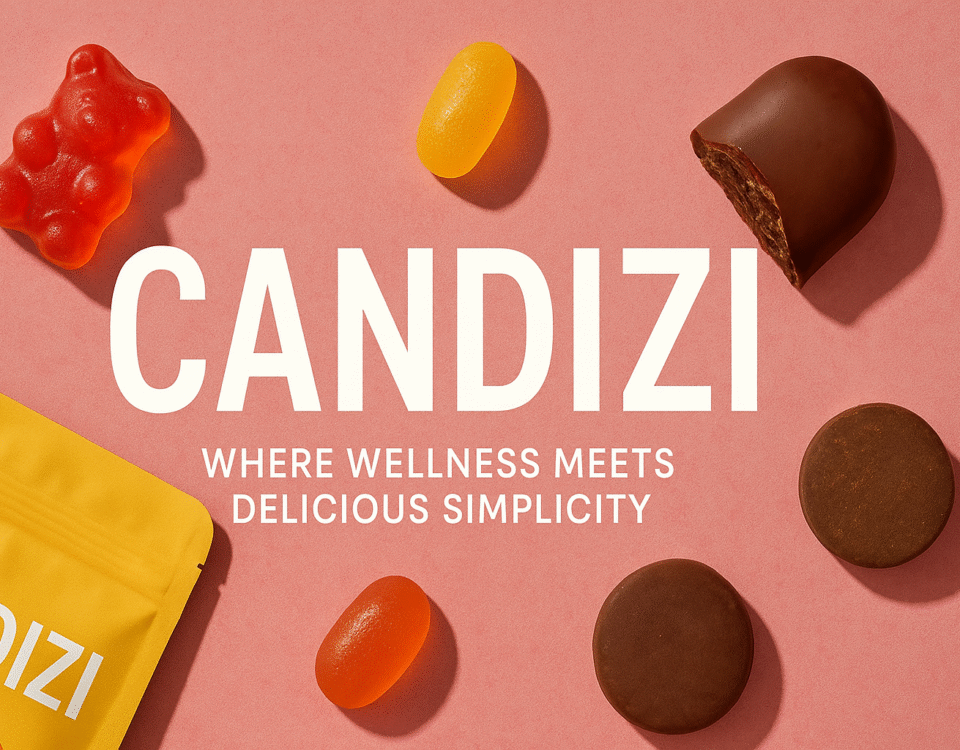
Primerem Explained: Understanding Primary Embedded Memory in Modern Systems
October 23, 2025
lwedninja – The Future of Creative Workflows in One Powerful Suite
October 23, 2025Learn what content://cz.mobilesoft.appblock.fileprovider/cache/blank.html means, how AppBlock uses it, why it appears on Android, and whether it’s safe. A simple, complete explanation for everyday users.
also read: https://coomersparty.com/primerem/
What is content://cz.mobilesoft.appblock.fileprovider/cache/blank.html?
If you’ve ever noticed the strange-looking link content://cz.mobilesoft.appblock.fileprovider/cache/blank.html on your Android device, you might wonder what it means or whether it’s something harmful. Don’t worry — it’s not a virus or a sign of hacking. It’s a harmless part of how the AppBlock app works on Android.
This article will explain everything you need to know about this content URI, why it exists, what its purpose is, how it ensures privacy, and how AppBlock uses it to block distractions.
Understanding the “content://” URI Format
Before diving into the details of this specific URI, let’s understand what a content URI means in Android.
Every Android app stores files in its own folder — but these files are protected so that other apps cannot directly access them. When an app needs to share a file safely, it doesn’t share the real file path (like /storage/emulated/0/...), but instead uses a content URI.
A content URI starts with the keyword content://, followed by:
- The authority name (which app owns the content),
- A path (which folder it’s from),
- And the file name.
So, in our case:
content://cz.mobilesoft.appblock.fileprovider/cache/blank.html
It breaks down like this:
| Part | Description | Meaning |
|---|---|---|
content:// | Indicates a Content URI | Data is shared securely via Android’s content system |
cz.mobilesoft.appblock.fileprovider | The authority (AppBlock’s FileProvider) | Identifies which app is managing the file |
/cache/ | The folder inside AppBlock’s storage | A temporary storage area |
blank.html | The specific file name | A small blank web page used as a placeholder |
This structure makes it possible for AppBlock to use or show temporary files without exposing any sensitive data.
What Is AppBlock and Why Does It Use This File?
AppBlock is a popular productivity and focus management app available for Android. Its main job is to help you block distracting apps and websites when you’re trying to concentrate — for example, while studying, working, or sleeping.
When AppBlock blocks a website, it doesn’t just show an error message. Instead, it often redirects your browser or the app to a blank HTML page stored locally. This page is usually the file named blank.html, and it’s accessed through the URI content://cz.mobilesoft.appblock.fileprovider/cache/blank.html.
That’s why you might see this URI appear in your browser history or system logs — it’s simply the app serving a blank page instead of a blocked website.
Why AppBlock Uses blank.html
The use of a blank page has multiple purposes:
- Cleaner Blocking Experience:
Instead of showing an ugly “site blocked” or “page not found” error, AppBlock quietly loads a blank page. - Prevents Bypass:
The app ensures that the blocked content doesn’t accidentally start loading before the block takes effect. - Improves Stability:
Using a lightweight, cached blank page prevents the browser or app from crashing when something is blocked. - Local Privacy:
The blank page is stored on your device (in cache), meaning it doesn’t connect to any external server — your data stays local.
How FileProvider Keeps It Secure
On Android, FileProvider is a system component that lets apps share files safely. Instead of giving other apps direct access to your storage, it issues a temporary permission through a content URI like our example.
Here’s how it works:
- The URI acts as a secure link that only the AppBlock app (and trusted parts of the system) can access.
- No other app can open or read the file unless AppBlock grants permission.
- This prevents data leaks, accidental access, or security risks.
In short, content://cz.mobilesoft.appblock.fileprovider/cache/blank.html is a safe and controlled method for the app to use its internal resources.
When You Might See This URI
You may come across this URI in the following cases:
- In Browser History:
If AppBlock blocks a distracting website, your browser might log the blank.html URI instead of the real site. - In Log Files or Error Reports:
Developers or tech users might see this URI appear during debugging or analyzing Android logs. - In Security Scans:
Some phone cleaner or antivirus apps list cached files — this one might show up there but it’s harmless. - After Clearing Cache:
The file may temporarily disappear but reappear the next time AppBlock blocks something.
Is content://cz.mobilesoft.appblock.fileprovider/cache/blank.html Safe?
Yes — absolutely safe.
It doesn’t collect personal data, doesn’t transmit anything online, and isn’t a virus or spyware. It’s just a local placeholder file.
However, like with any app, you should make sure:
- You’ve downloaded AppBlock from the official Google Play Store.
- You haven’t installed any suspicious apps mimicking its name.
- You keep your system updated.
Can You Delete or Modify It?
You can safely clear AppBlock’s cache from Android settings if you want, which will remove the blank.html file temporarily.
However:
- The file will automatically return the next time AppBlock needs it.
- Editing or deleting it manually (via root or file explorer) is unnecessary and could break the blocking function.
So, the best practice is to leave it as is — Android manages these files automatically.
Technical Summary Table
| Feature | Description | Security Level |
|---|---|---|
| URI Type | Content URI (content://) | Secure and sandboxed |
| Used By | AppBlock (cz.mobilesoft.appblock) | Trusted app |
| File Name | blank.html | Minimal placeholder page |
| Location | App’s cache folder | Local storage only |
| Data Risk | None | Safe |
| Visibility | Internal use (not public) | Hidden from user access |
Tips for Users
If you use AppBlock and see this URI often, here are a few simple things you can do:
- Keep App Updated:
Always use the latest version to ensure smooth operation and maximum security. - Clear Cache Occasionally:
Go to Settings → Apps → AppBlock → Storage → Clear Cache. It’s safe and can free up space. - Check Permissions:
Ensure AppBlock only has the permissions it needs (network access, notifications, etc.). - Avoid Third-Party Mod Versions:
Only trust the official app to prevent security issues.
FAQs
1. Why does this URI appear in my browser history?
Because AppBlock replaced a blocked site with its blank page — your browser saved that link instead.
2. Can this file track my activity?
No. It’s a local file that doesn’t send or store user data.
3. How can I stop it from showing up?
You can disable AppBlock temporarily, or adjust its website blocking feature.
4. Is this URI malware?
No, it’s part of a legitimate app’s internal mechanism.
5. Can other apps read this file?
No, Android’s sandboxing and FileProvider prevent other apps from accessing it.
6. Does uninstalling AppBlock remove it?
Yes — once you uninstall AppBlock, all related cache files including blank.html are deleted.
7. What happens if I open the URI manually?
Usually nothing — it will just show a blank page if accessed properly through the app.
8. Is there any risk of data leakage?
None. The file doesn’t contain personal data or browsing history.
9. Why is it stored in the cache folder?
Because cache is for temporary files that the app can recreate anytime.
10. What if I see a similar URI from another unknown app?
That could be suspicious. In that case, check the app name and scan your device.
Conclusion
To sum up, the URI content://cz.mobilesoft.appblock.fileprovider/cache/blank.html is a completely safe and normal component of the AppBlock application on Android. It points to a small blank HTML file stored in the app’s cache and used as a placeholder whenever AppBlock blocks access to a website or app.
It’s part of Android’s secure FileProvider system, which allows apps to handle files safely without exposing your data.
If you use AppBlock to improve focus and reduce distractions, this URI simply means it’s doing its job correctly.
So next time you see content://cz.mobilesoft.appblock.fileprovider/cache/blank.html, you can rest assured — it’s not a problem, it’s just a sign of your productivity tool quietly working behind the scenes.




